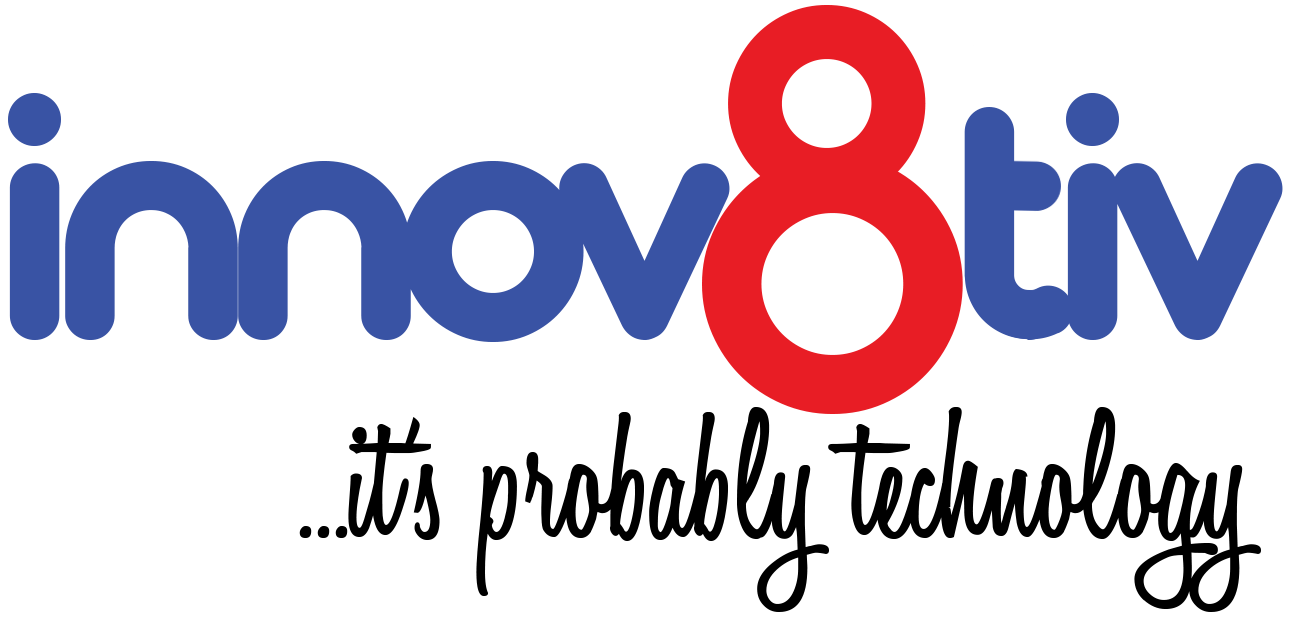Image Credit: ThisIsColossal.com
Many people mistakenly believe that 3D printing is quite a new form of technology, but in reality, the idea has been around for much longer than you might think. The concept of 3D printing has been around since the 1980s, but it’s only in recent years that the technology has really taken off and started to be used on a large scale across many different industries.
This recent, sudden surge in popularity for 3D printing is primarily driven by technological advancements; today’s 3D printers are far more advanced than the rudimentary models of the 1980s and 90s. Plus, enhanced media visibility has also helped 3D printing enter the spotlight and cement itself as one of the most exciting technologies of modern times.
But how are 3D printers actually used and what are some of the different applications for this kind of technology? Well, to help illuminate the potential and versatility of 3D printing, this guide will take a look at several top industries that are using 3D printers on a daily basis, examining the ways in which those industries have adopted this technology.
Medicine
Modern medicine has come a long way in recent years, in large part thanks to advancements and innovations in the technological world. Doctors and researchers are always eager to get their hands on new technologies to help them cure diseases and help patients live longer, and 3D printing offers a lot of potential uses in the medical field.
For example, 3D printers are currently being used to make prosthetics for people who have lost body parts like hands, arms, or legs. It can be a really difficult process to make prosthetics at the precise measurements to fit each patient, but 3D printers are capable of the finest levels of precision. They can also be used to make implants or even artificial organs, as well as 3D printed tissues that can be used to test new drugs and medical treatments.
Education
The education industry is also starting to make more regular use of 3D printing technology in lots of different ways, helping to educate students and prepare them for their future careers. And this can happen at any level, from elementary school right up to PhD level education. 3D printing can be used, for example, to show young students an example of technology in action or to create small items based on their own drawings and designs.
3D printers can be used in art, design, and IT classes too, or in STEM applications. Students can use these printers to study principles of engineering and design in action, duplicate artifacts and items from museums for their personal study, or create their own inventions to share with the class.
Manufacturing
One of the industries that is seeing some of the biggest benefits of modern 3D printing technology is the manufacturing industry. When it comes to making products and parts, there’s usually a lengthy prototyping process beforehand in which new parts have to be carefully designed, developed, and tested.
It can cost a lot of time and money to make prototypes the old fashioned way, but 3D printers let you print off prototypes from your CAD drawings in a matter of minutes, allowing manufacturing companies to see, feel, and test a lifelike representation of their products more easily and affordably than ever before.
The Arts
When thinking about 3D printing applications, many people focus purely on the scientific or “clinical” ways in which this tech can be used. They think about the precise measurements of the manufacturing industry or the strict shapes and structures of medical tools and prosthetics. When viewed from this angle, it seems that 3D printing leaves little room for imagination or creativity. However, there are many creative, artistic people using this technology too in their own unique ways.
Plenty of artists have taken to the technology, using it to create 3D printed versions of their own previous works or to create brand new works with this new medium. Banksy, the famous street artist, has transformed some of his 2D works into 3D with the help of 3D printers, for example. Dutch artist, Oliver van Herpt, also makes use of 3D printing to create beautiful ceramic vases, while his fellow countryman, Danny van Ryswyk, uses 3D printing to make spectacular sculptures.
Final Word
These are just some examples of the many industries that are making use of 3D printing technology each and every day in some surprising and incredible ways. It’s clear to see that this tech is here to stay and could have many more exciting applications still to be discovered.



